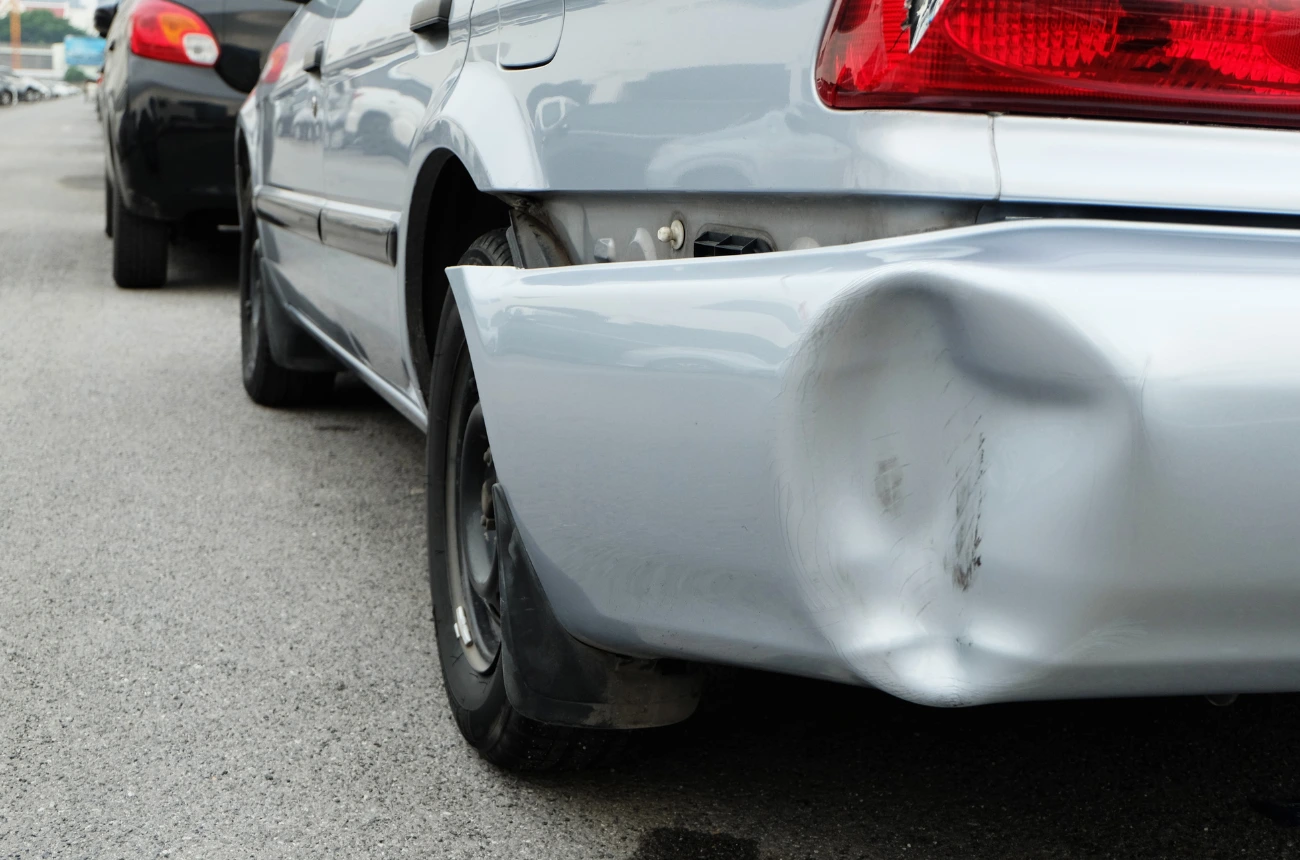Personal injury settlements in Texas have to account for pain and suffering that you’ve experienced as a result of the accident, on top of medical bills and other damages.
The exact amount for this is harder to define, as pain and suffering doesn’t come with bills.
So, how do you determine how much you can get for pain and suffering in Texas?
How are these damages calculated, and is there a cap on it?
We’ll answer these questions for you, but remember that every case is different, and how much you walk away with depends on several factors.
Since there's no one-size-fits-all answer, the best way to know what your personal injury case may be worth is to speak with an experienced personal injury lawyer. At No Bull Law, we’ll give it to you straight, fight for the compensatory damages you deserve, and tackle your case with the grit it deserves.
Get in touch with No Bull Law for a free case evaluation today.
Personal injury settlements typically include all economic and non-economic damages in one payout. The total compensation awarded in a case can vary widely, from a few thousand dollars to several million, depending on the circumstances.
While pain and suffering damages are important to a settlement, it isn’t awarded as a separate line item. Instead, it’s counted under non-economic damages, along with other losses that don’t have a clear dollar value, such as emotional distress, and the overall impact the injury has had on your quality of life.
Texas law generally doesn’t cap non-economic damages except in medical malpractice cases, where the limit is set at $250,000 per defendant, with a maximum of $750,000 if multiple healthcare providers are involved.
Ultimately, every Texas personal injury case is unique. The best way to determine your settlement amount is to speak with an experienced Texas personal injury lawyer who can analyze your case’s specific factors.
While economic damages—like property damage and medical treatment—are relatively straightforward to calculate, pain and suffering damages are much more subjective.
These non-economic damage types cover physical pain, emotional distress, and reduced quality of life caused by an injury, making it harder to assign a precise dollar amount.
However, lawyers and insurance adjusters will look at several factors to determine the compensation for your pain and suffering.
1. How Long Your Recovery Takes
As mentioned earlier, recovery time plays a role. In most cases, the quicker you recover, the lower your pain and suffering payout since the impact on your life is more short-term. But, if your recovery requires prolonged medical treatment, surgery, or physical therapy, your personal injury settlement will likely be a lot higher.
Even if you fully recover, a slow and difficult recovery can significantly boost your settlement amount. The more an injury keeps you from working, performing daily tasks, or enjoying activities, the more it increases your pain and suffering damages.
If your injury leads to a long recovery or permanent complications, keeping track of everything strengthens your case for a higher payout in your personal injury claim.
2. How Your Injury Affects Your Life
If your injury affects your independence, comfort, and overall well-being, your pain and suffering settlement will likely be higher.
Even though the inability to enjoy certain activities doesn’t cause physical pain and suffering, it still plays a big role in boosting your suffering compensation. That’s because losing the ability to work, socialize, or engage in personal interests can take a toll on your mental and emotional health.
For example, if you enjoy painting or tennis, but your injury prevents you from holding a paintbrush or tennis racket, that would contribute to your payout. If you are a professional artist or tennis player, that contribution will be even greater.
Insurance companies look at this when figuring out how the injury has affected your quality of life. They also factor in things like age, pre-injury health, and expected future medical costs when determining a fair settlement in your Texas personal injury case.
3. The Emotional Toll of Your Injury
It’s common for an accident victim to deal with anxiety, PTSD, depression, and even phobias after a severe injury. This mental anguish can impact your daily life, and insurance companies take it seriously when calculating a fair settlement.
For example, let's say you suffer panic attacks after a car accident. You walk down the street and freeze when you hear people honking their horns because it reminds you of your accident. As a result, you may feel embarrassed or even afraid to leave the house.
All of this will be taken into account when assessing your compensatory damages.
In Texas personal injury law, there are two common methods used for calculating pain and suffering damages:
1. The Multiplier Method
Insurance companies sometimes use the “multiplier method” to estimate pain and suffering damages. There is no fixed calculation for this. Insurers may rely on complex internal formulas or software that factor in things like property damage, length of recovery, and medical treatment. Every case is different, and the final amount varies widely.
2. The Per Diem Method
The per diem method assigns a daily dollar amount to the pain and suffering you experience after your accident. This value is then multiplied by the number of days your injury impacts your life, typically until retirement age or death.
Determining an appropriate daily rate and timeframe typically requires input from legal and medical professionals.
Knowing how damages are calculated is only part of the process; you’ll also need solid proof to back up your pain and suffering claim. While insurance adjusters typically set these figures, working with a skilled lawyer from No Bull Law makes all the difference in countering lowball offers and building a strong case.
It’s important to remember that pain and suffering damages include physical suffering and emotional distress. Since there’s no limit on the amount you can recover, the key to maximizing your settlement comes down to how well you can prove your losses.
The stronger your evidence, the stronger your case.
But what kind of evidence could you use to prove something subjective?
These are some examples:
- Medical records and doctor’s notes: A clear diagnosis, treatment plans, and a prognosis for long-term effects are valuable in justifying higher compensation.
- Psychological evaluations: Conditions such as anxiety, PTSD, or depression resulting from the accident may also contribute to non-economic damage. However, using this to support your claim may open your mental health records to scrutiny, so it’s important to weigh the pros and cons with your attorney before including psychological evidence.
- Daily impact records: Receipts or invoices for tasks that you’re unable to handle (like housekeeping or yard work) can help demonstrate how the injury affected your routine and quality of life.
- Witness testimony: Testimony from medical experts, physical therapists, or psychologists can further validate your claim and increase settlements.
Take the Pain Out of Your Injury Case with No Bull Law
Understanding how pain and suffering settlements are calculated and what it takes to prove your pain and suffering claim can make a real difference in how much you walk away with.
At No Bull Law, we focus on what matters: securing the payout every injury victim deserves.
Contact No Bull Law today for a free consultation. No hassle, just straightforward legal help when you need it most.







































































